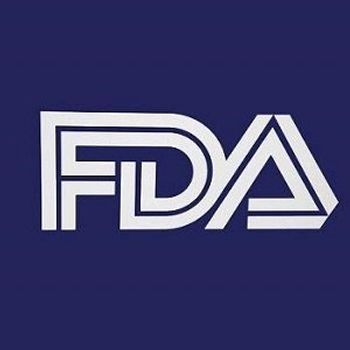
The prefilled syringe is approved for a 20- to 30-second subcutaneous injection, and patients can self-inject following proper instruction in the subcutaneous injection technique.

The prefilled syringe is approved for a 20- to 30-second subcutaneous injection, and patients can self-inject following proper instruction in the subcutaneous injection technique.
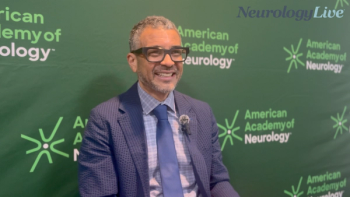
The professor of neurology at the University of Pennsylvania Perelman School of Medicine discussed the current research landscape, clinical challenges, and future directions for noninvasive neuromodulation techniques in neurorehabilitation. [WATCH TIME: 4 minutes]
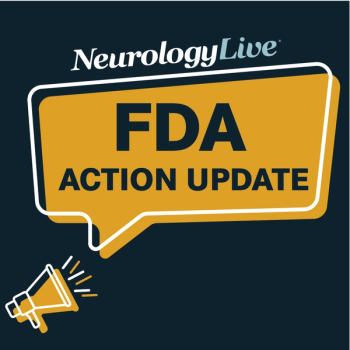
Catch up on any of the neurology news headlines you may have missed over the course of March 2025, compiled all into one place by the NeurologyLive® team.
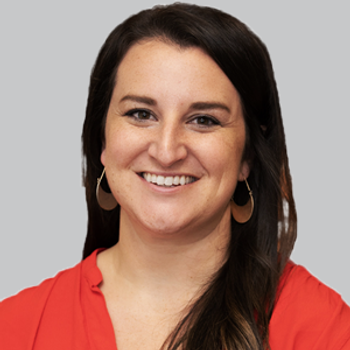
Cassandra Gorsuch, PhD, chief scientific officer at Precision Biosciences, discussed the company’s ARCUS gene editing platform, its innovative approach to treating Duchenne muscular dystrophy, and promising preclinical data presented at MDA 2025.
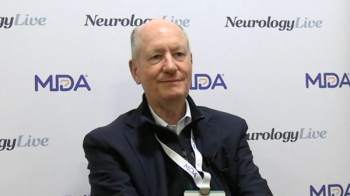
The professor of neurology at the University of Texas Health Science Center San Antonio discussed some of the challenges with therapeutic development for OPMD, as well as advances and barriers to gene therapy approaches. [WATCH TIME: 4 minutes]
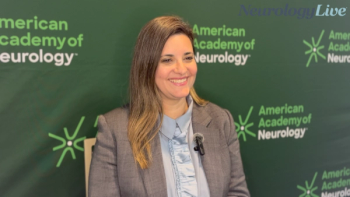
The clinical associate professor of neurology and neurosurgery at NYU Langone Health emphasized the importance of rapid, targeted blood pressure reduction and bundled care to improve outcomes in patients with intracerebral hemorrhage. [WATCH TIME: 4 minutes]
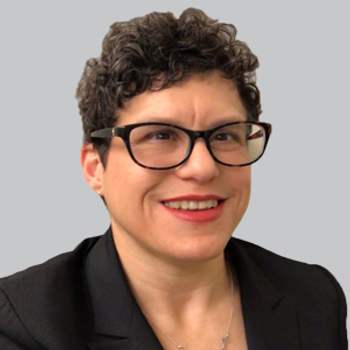
Relative to previously approved therapies like rimegepant, ubrogepant, and zavegepant, AXS-07 resulted in better 2-hour pain relief, sustained pain relief, and reduced use of rescue medications.
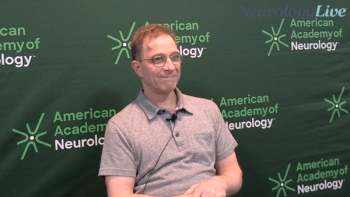
The Melissa and Paul Anderson President’s Distinguished Professor of Neurology, Perelman School of Medicine, University of Pennsylvania discussed evolving insights into the cellular immunology of multiple sclerosis. [WATCH TIME: 4 minutes]
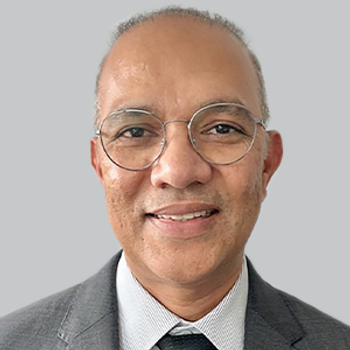
Harmony Biosciences’ phase 3 study will assess EPX-100, a repurposed antihistamine, as a potential treatment for Lennox-Gastaut syndrome, targeting seizure reduction and improved outcomes.
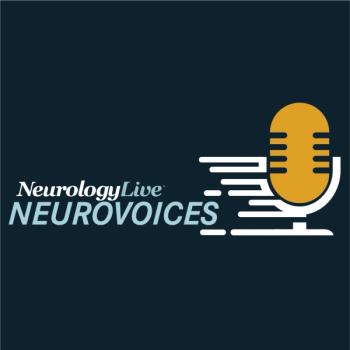
The clinical professor of stroke neurology at Stanford University discussed the clinical rationale and evidence supporting early, intensive blood pressure lowering in patients with intracerebral hemorrhage.

A phase 3 trial investigating latozinemab, a monoclonal antibody therapy for frontotemporal dementia because of GRN mutations, reported baseline participant characteristics to better characterize this patient population.
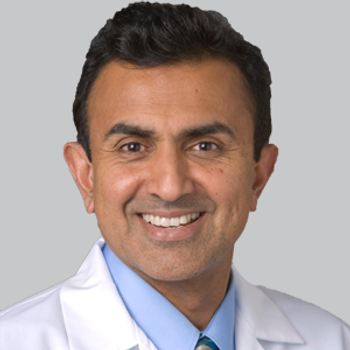
Murali Doraiswamy, MD, MBBS, a professor of psychiatry and geriatrics at Duke University School of Medicine, gave clinical follow-up on a pivotal analysis of the phase 3 APOLLOE4 study testing a novel therapeutic for Alzheimer disease.

Newly presented open-label extension results at AAN 2025 suggest that investigational ZYN002, a cannabidiol gel, may help improve irritability in children and adolescents living with Fragile X syndrome.
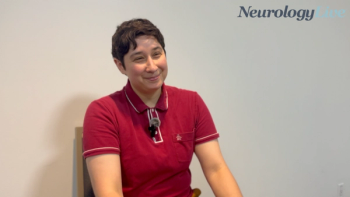
The staff scientist at Gladstone Institutes talked about leveraging AI-driven behavioral analysis to better model and assess Alzheimer disease progression in preclinical studies. [WATCH TIME: 2 minutes]
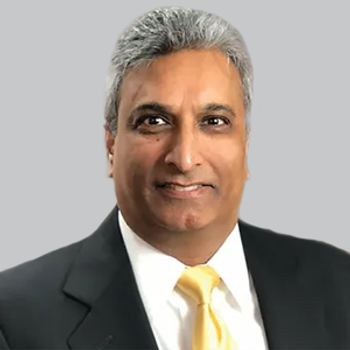
Findings from a phase 3 study revealed that patients with Parkinson disease switching to IPX203 had greater benefits in good ON time when also taking lower doses of dopamine agonists.
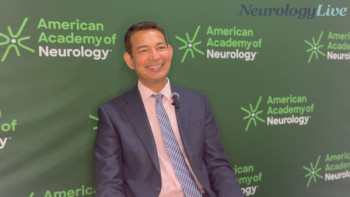
The professor of neuroscience at the Imperial College London discussed the emerging role of GLP-1 analogs as neuroprotective agents with potential benefits in neurodegenerative conditions. [WATCH TIME: 4 minutes]

Denali Therapeutics has begun submitting a BLA for tividenofusp alfa as a potential Hunter syndrome treatment, supported by promising biomarker reductions in clinical trials.
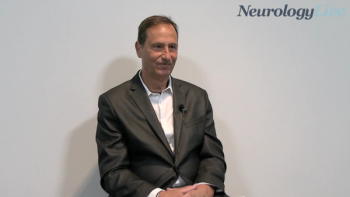
The director of the UCLA Goldberg Migraine Program discussed the advantages, evidence base, and evolving payor support for CGRP-targeting therapies as potentially a first-line option in migraine prevention. [WATCH TIME: 5 minutes]
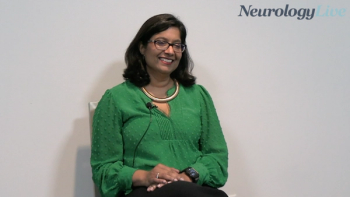
The clinical professor of stroke neurology and neurocritical care at Stanford University advocated for early and intensive blood pressure reduction in patients with intracerebral hemorrhage to limit hematoma expansion and improve outcomes. [WATCH TIME: 5 minutes]
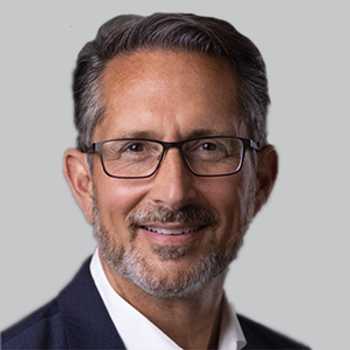
Teva’s migraine therapy fremanezumab (Ajovy) may soon expand its reach to pediatric patients, as the FDA reviews a supplemental application for its use in children and adolescents aged 6 to 17.
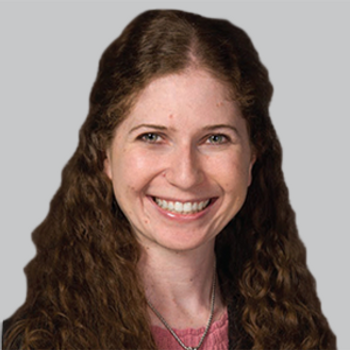
The ENABLE phase 4 study will evaluate the real-world safety, efficacy, and patient experience of ublituximab in relapsing multiple sclerosis over a 96-week period.

Here's some of what is coming soon to NeurologyLive® this week.
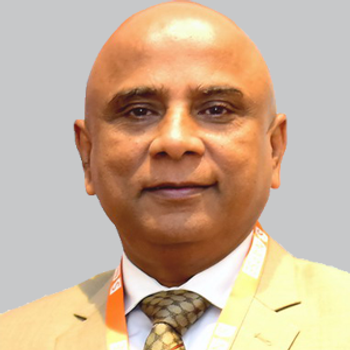
Presented at the 2025 AAN Annual Meeting, findings from a phase 3 study showed that a single 30 mg/kg dose of ANX005 significantly improved health outcomes in Guillain-Barré syndrome, with benefits seen as early as week 1 and sustained over 6 months.
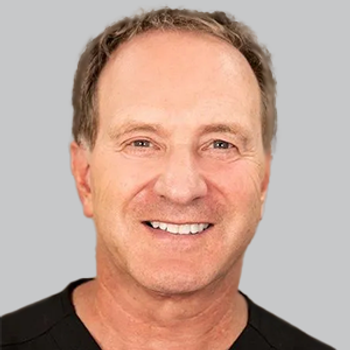
Findings showed that atogepant 60 mg once daily demonstrated significant improvements in functional outcomes for patients with episodic migraine, compared with placebo, over 12 weeks.
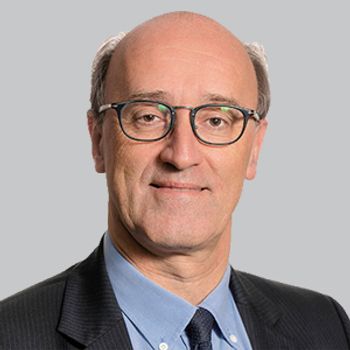
Long-term data from a phase 2 study extension suggest that frexalimab, a CD40L inhibitor, maintains disease control and is well-tolerated in relapsing multiple sclerosis, reinforcing its potential as a next-generation treatment.
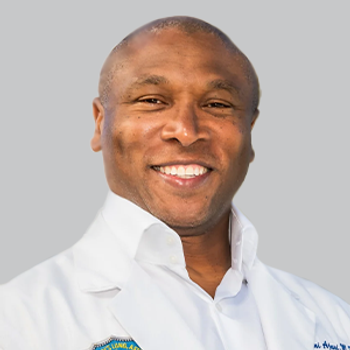
A recent post hoc analysis of the REST-ON trial reported that once-nightly sodium oxybate did not worsen the apnea-hypopnea index in individuals with narcolepsy with no or mild sleep apnea.
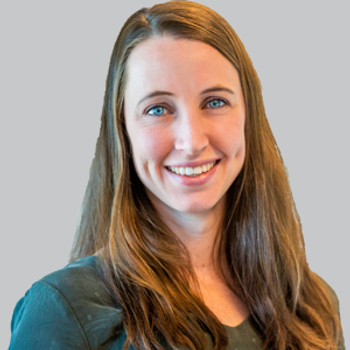
Inge Verberk, PhD, a research associate at the Amsterdam University Medical Center, sat down at AD/PD 2025 to discuss changes in Alzheimer trials, the emergence of plasma biomarkers, and deciphering which biomarkers are of utmost importance.
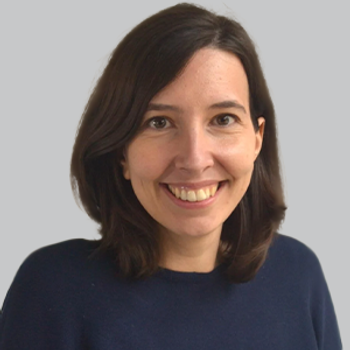
A recent large-scale analysis presented at the 2025 AD/PD Conference highlighted the role of coping strategies in mitigating negative outcomes.
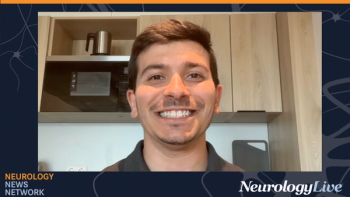
Neurology News Network. for the week ending April 5, 2025. [WATCH TIME: 3 minutes]
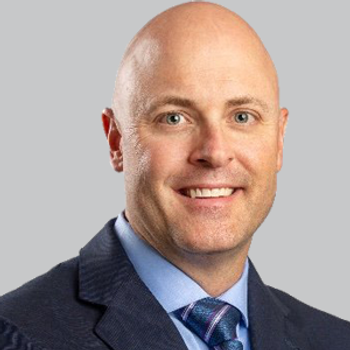
Data suggests that immune dysfunction biomarkers do not pose a major barrier to patient enrollment in Alzheimer’s research, as most patients meeting general AD criteria also qualified under immune dysfunction criteria.